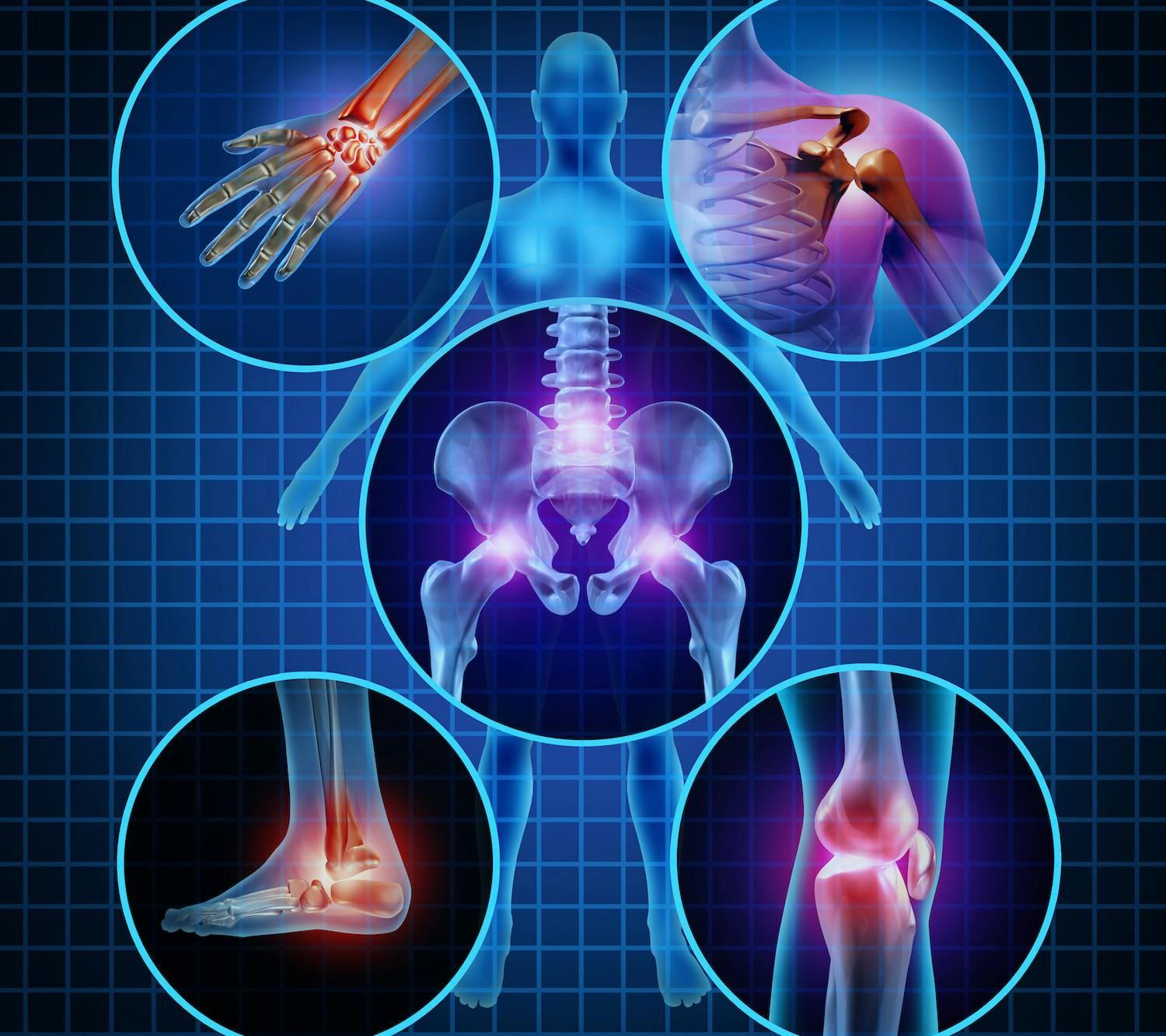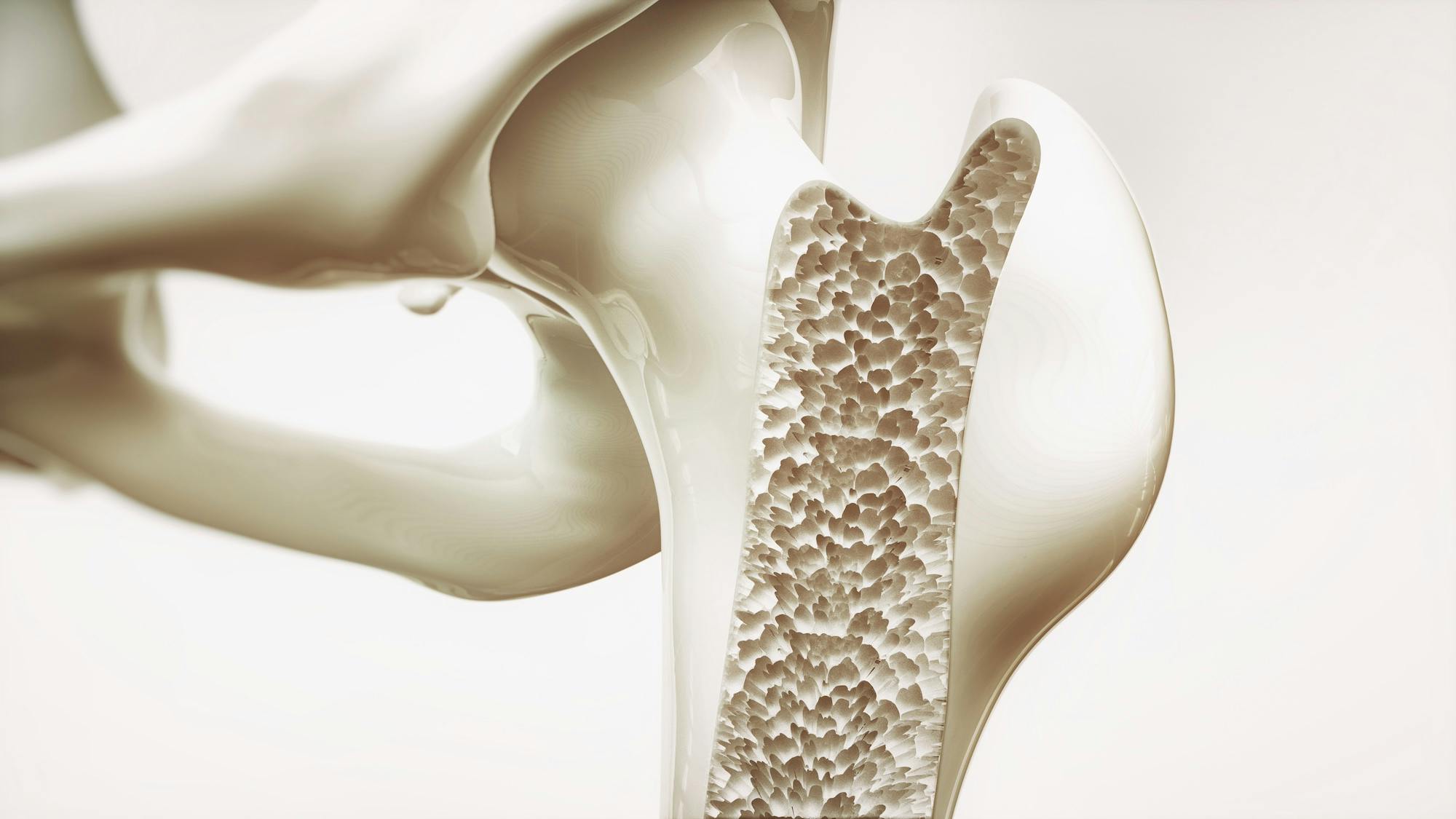- Blog
Regenerative Medicine Treatments
Posted on 11-30-2025 in Regenerative Medicine, Primary Care Sports Medicine, Stem Cell Therapy, orthobiologics & PRP Therapy by Dr. Joshua Hackel

Posted on 11-30-2025 in Regenerative Medicine, Primary Care Sports Medicine, Stem Cell Therapy, orthobiologics & PRP Therapy by Dr. Joshua Hackel
Regenerative medicine, sometimes called orthobiologics, is the burgeoning field of clinical research and treatment that focuses on harnessing the body’s ability to heal itself to manage musculoskeletal injuries effectively. While regenerative medicine might sound futuristic, the science and research around these treatments have existed for some time.
Like all developing medical treatments, regenerative medicine started as an idea in a laboratory, where the biological underpinnings of the treatment were tested and proven by scientists. This early-stage research grew and developed into clinical trials, and there are now many studies being conducted around the world to determine the safety and efficacy of the clinical applications of regenerative medicine in orthopaedics.
As the safety and efficacy of regenerative treatments continue to be tested and refined, clinicians believe these procedures hold great promise for treating orthopaedic disorders. The two primary regenerative medicine procedures being developed and tested for orthopaedic application are:
Platelet-Rich Plasma (PRP):
Platelet-Rich Plasma (PRP) Therapy technically describes the end product of a patient’s blood after it has been extracted and refined through a mechanical–not chemical–process to contain far higher concentrations of platelets than would normally be present. This preparation, now rich in healing growth factors, is injected into the injury site, allowing the platelets to work and promoting recovery in the affected anatomy.
Your physician may give you one PRP treatment, or they may recommend multiple PRP injections over the course of a few months. The number and frequency of injections your physician recommends will ultimately be based on the specifics of your injury and how much your condition improves after each treatment.
The healing effects of PRP Therapy are widely known across various medical specialties, including Sports Medicine. In our practice, Dr. Hackel provides PRP treatments to assist patients as they heal from overuse injuries, joint arthritis, strains and sprains of the muscles, tendons and ligaments and those who suffer from Tendonitis and Tendonosis.
If you suffer from pain and physical limitation due to a soft tissue injury or condition, PRP injections could be right for you. PRP injections are efficacious, safe, and can be used to treat various conditions.
Stem Cell Therapy:
Stem Cell Therapy also harnesses the body’s power to promote healing and recovery and involves the adult stem cells found in various tissues throughout the body. With a wide range of regenerative and anti-inflammatory properties, these cells uniquely differentiate themselves, allowing them to “grow” into various cell types. This ability to differentiate allows a stem cell to develop into a specific kind of cell based on the body’s needs. This differentiating effect, coupled with the profound anti-inflammatory properties of stem cells, is believed to lead to pain relief and even the potential resolution of an injury.
By differentiating into what is needed at the injury site, stem cells can replace diseased or damaged cell structures and recruit other repair cells to the injury site, leading to long-term recovery. Expert clinicians harvest stem cells from a patient’s bone marrow or adipose (fat) tissue, process them, and inject them under ultrasound guidance. This helps ensure the cells are precisely targeted to the desired location.
In our practice, Dr. Hackel has tested the efficacy of stem cell therapy for common injuries and conditions such as meniscus tears, tendon strains and tears, ligament sprains or tears, patellar tendonitis (jumper’s knee), joint arthritis, and overuse injuries. He is currently conducting or has completed the following clinical studies in partnership with the Andrews Research and Educational Foundation:
Randomized Study to Evaluate the OrthoCor Active System for Pain Relief
As one of the leading clinicians and researchers in regenerative medicine, Dr. Josh Hackel focuses on working with patients to maximize healing and minimize recovery time. To schedule a consultation and learn more about treatment options that may be right for you, complete our online appointment request or call 850-916-8783 to schedule a visit.

Musculoskeletal ultrasound imaging offers orthopaedic patients safe, painless, and real-time imaging, without any harmful ionizing radiation or the need for uncomfortable positioning. As the first sports medicine physician in the region to utilize ultrasound for diagnostic and therapeutic purposes, Dr. Josh Hackel’s commitment to innovation has improved the accessibility of care for his patients.

According to the American Academy of Orthopaedic Surgeons, approximately 2 million older Americans sustain fractures yearly due to weak bones. By 2025, that number is predicted to rise to 3 million fractures annually. At North Florida Bone & Joint Specialists, we recognize the importance of maintaining strong bones, particularly as you age. In honor of Healthy Aging Month, the following tips can help you maintain, and even improve, your bone strength:

We see our share of broken bones as an orthopaedic and sports medicine practice. From the high school baseball player who collided with first base a little too hard to the avid DIY’er who took a tumble from an unsecured ladder and everything in between, we’ve seen it all. As we age, we also gradually lose bone mass, which occurs as small amounts of healthy bone are absorbed into your body as small amounts are replaced. When more bone is absorbed than is replaced, the density (bone mass) is reduced. Osteoporosis develops when the bone is no longer replaced as quickly as it is removed, and over time, it causes the bone to become progressively weaker, increasing the risk that it may break.